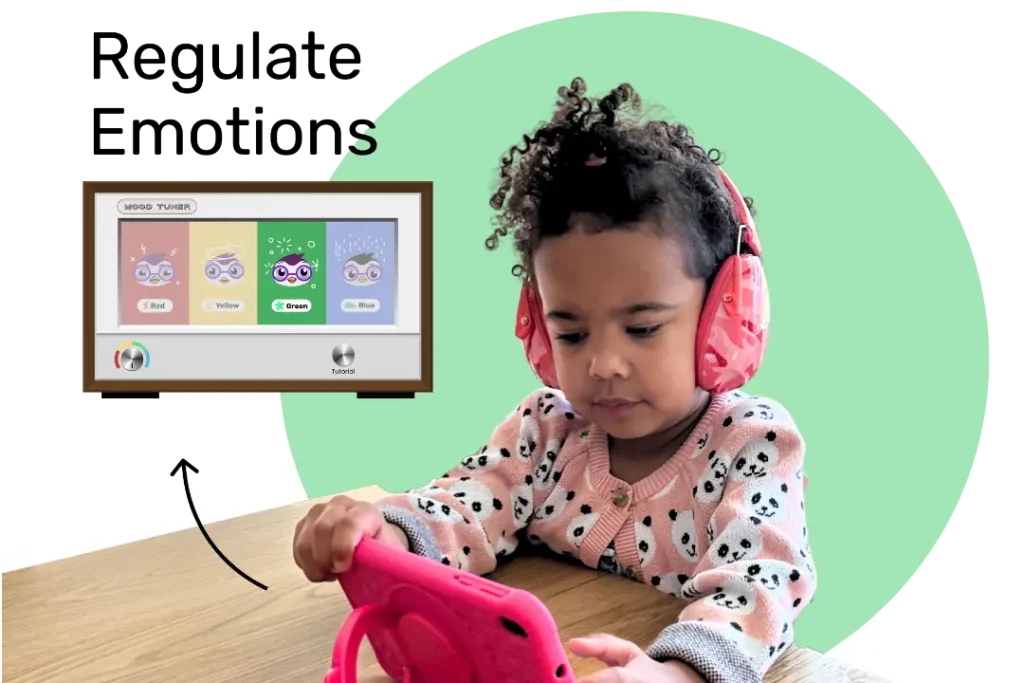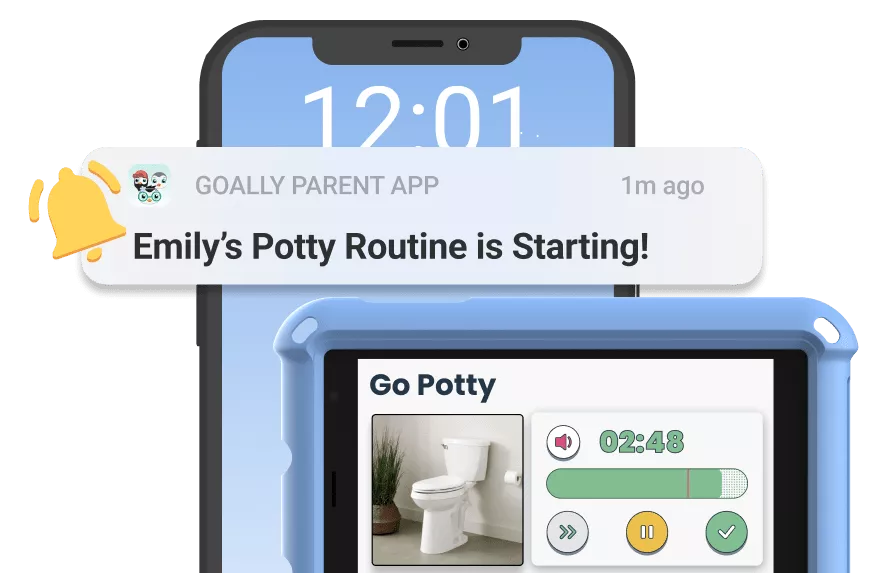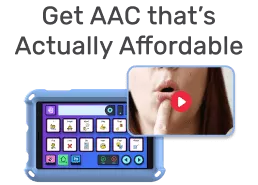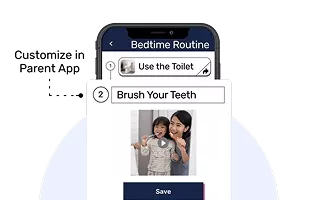Separation anxiety is a normal and healthy part of child development that I see often. It’s a sign that your child has formed a strong attachment and, understandably, they miss you when you’re not around. By understanding this milestone, you can help your toddler navigate their feelings and gradually become more independent. In this blog post, we’ll explore essential strategies to make goodbyes easier for both of you.
Table of Contents
Understanding Separation Anxiety in Toddlers
Separation anxiety happens when a toddler feels uneasy or distressed about being apart from their loved ones. It’s usually caused by fear of the unknown or changes in routine. Common signs include crying, clinging, or tantrums when parents leave.
So Why Should You Care?
Well, separation anxiety affects not only kids but also us grown-ups! By understanding it better, we can create strategies to make those partings less stressful for everyone involved.
Develop a Routine When Leaving & Keep Goodbyes Short
Routines are our friends! They provide predictability that helps toddlers feel secure while experiencing separation anxiety. Establishing a leaving routine will show your child what to expect each time you say goodbye.
Here Are Some Tips On Creating Your Leaving Routine:
- Consistency is key: Follow the same steps every time
- Include comforting actions like hugs and kisses
- Use simple language to explain where you’re going and when you’ll be back
Also important? Keep goodbyes short and sweet. Long farewells might seem helpful but can actually prolong distress – so stay firm yet loving as you head out the door.
Let the Child Bring a Meaningful Item with Them
Comfort objects can be lifesavers! They offer security and familiarity during times of transition or stress – like when we’re away. So, let your little one bring along a meaningful item.
How To Choose? Here Are Some Ideas:
- Pick an object that’s small and easy to carry
- Ensure it has special meaning for your child (a favorite toy, blanket, etc.)
- Check with caregivers or teachers if they’re okay with the item at their location
Now it’s time to make this comfort object part of your leaving routine. Show them how to hold onto it when you leave – and remind them that it’ll keep them company until you return!
Be Reassuring & Cheerful: To Help Your Toddler With Separation Anxiety
When it comes to separations, the words we choose matter. Opt for positive language that builds confidence in your child’s coping abilities. Instead of apologizing for leaving, try saying, “I’ll be back soon!” This simple shift shows your trust in their resilience.
Remind your little one about the exciting activities you’ll enjoy together once you return home. Maintaining a cheerful attitude helps alleviate their worries because children often take their cues from us, the grown-ups.
Tips for Parents on Easing Their Toddlers’ Separation Anxiety
Building Trust Through Consistency
Trust is huge. Be consistent in your actions and words. This helps your toddler understand that you’ll always come back, even if you leave for a bit.
Gradually Increasing Time Away From Each Other
Start with short periods apart and slowly increase the duration. This helps your child adapt to being without you more easily.
Encouraging Social Interactions With Peers
Playdates are awesome! They help kids learn how to interact with others and build friendships, making separations less scary!
Tips for Kids to Feel Less Anxious When Parents Leave Them

Read More: How to Ease Your Child's Separation Anxiety
Provide Opportunities For Them To Gain Independence
Let them explore! Give them chances to try new activities or complete tasks independently. It helps boost your toddler’s confidence while going through separation anxiety.
Encourage Bonding With Caregivers Or Teachers
Strong connections matter. Please help your child form positive relationships with other adults who care for them when you’re not around.
Create Fun Routines That Help With Their Separation Anxiety
Special moments count – like secret handshakes or silly songs before leaving. These little traditions bring comfort during tough goodbyes.
Separation Anxiety Is Common, But We’ve Got You Covered! Remember These Key Points:
- Create routines & keep goodbyes short
- Use comforting objects & positive language
- Build trust, encourage independence & create fun activities
Goally | Kid’s Tablet for Building Emotional Regulation Skills
Is your child struggling with understanding and managing their emotions? Goally teaches emotional regulation skills in a fun and interactive way!

The Mood Tuner app encourages kids to look inwards and identify their feelings, helping them understand what’s going on inside. Once they’ve recognized their emotions, they can choose from a variety of exercises designed to help them self-regulate and find their balance.
In conclusion, separation anxiety is a natural part of a child’s development and can be challenging for both children and parents. By understanding its causes, showing empathy, and employing effective strategies to ease the transition, you can help your child build confidence and resilience. Remember, patience and consistency are key in supporting your child through this phase, and with time, they will learn to adapt and overcome their separation anxiety.
Helpful Resources
FAQ’s About Separation Anxiety
What is separation anxiety in children? Separation anxiety is a common condition where children experience intense fear or worry when separated from their primary caregivers. What are the signs of separation anxiety in kids? Signs of separation anxiety include excessive clinginess, nightmares, refusal to go to school, and physical symptoms like headaches or stomachaches. How can parents help their child with separation anxiety? Parents can help by gradually increasing separation times, providing reassurance, and establishing a consistent routine. When should a parent seek professional help for separation anxiety? Professional help should be sought if the anxiety severely impacts daily functioning or persists despite home interventions. This post was originally published on 04/05/2023. It was updated on 08/08/2024.
Emily is a seasoned blog writer for Goally, leveraging her extensive background in child psychology and special education to provide valuable insights and resources for parents. Her commitment to understanding and addressing the unique needs of these children, combined with her expertise in educational strategies, makes her a credible and empathetic voice for families.





